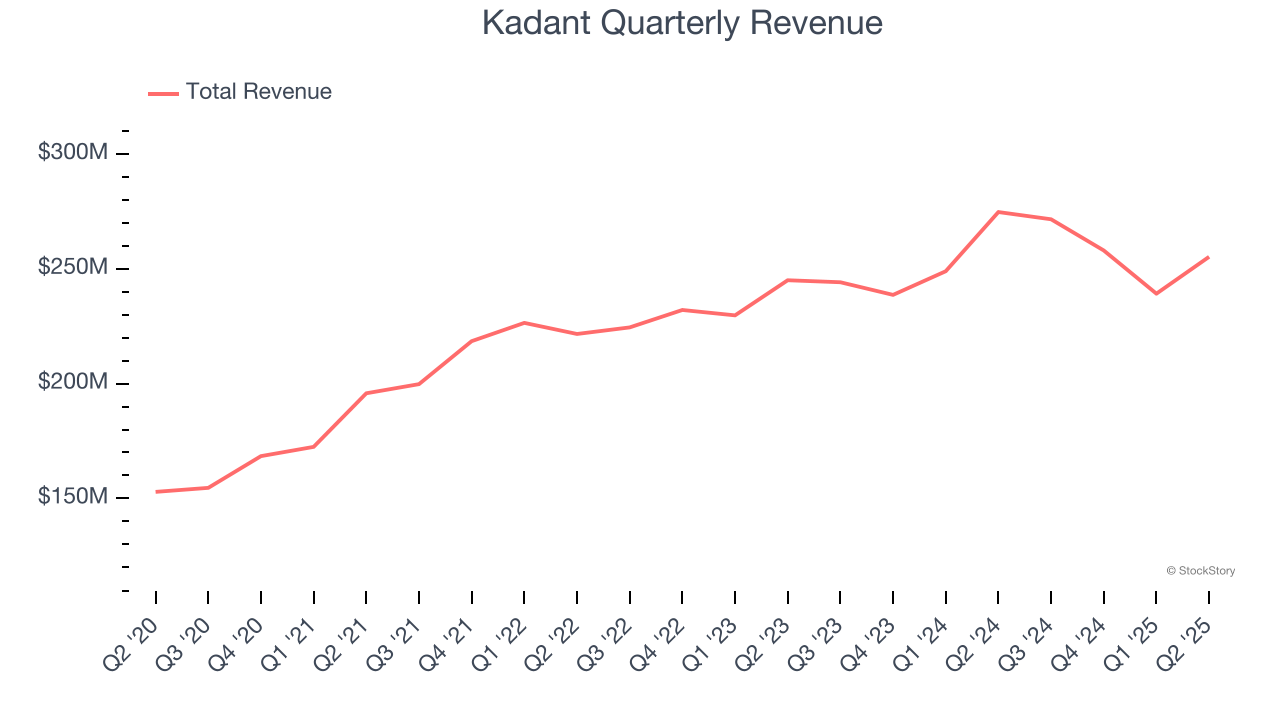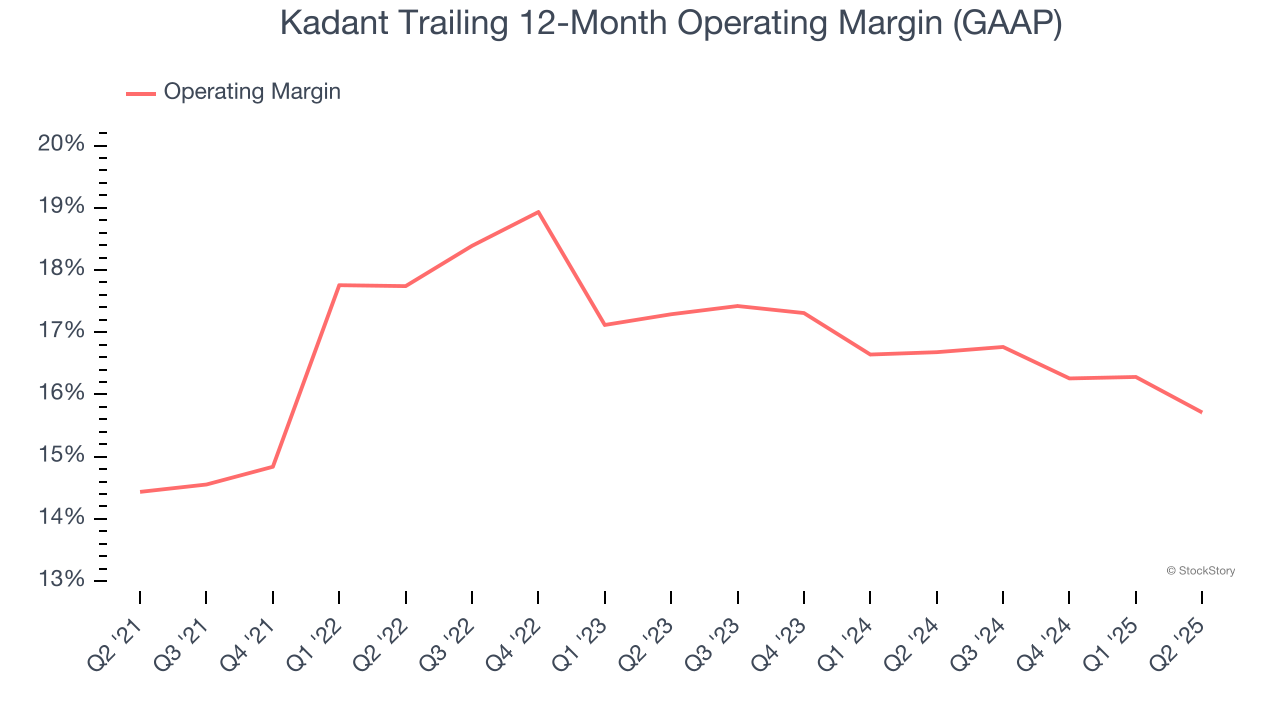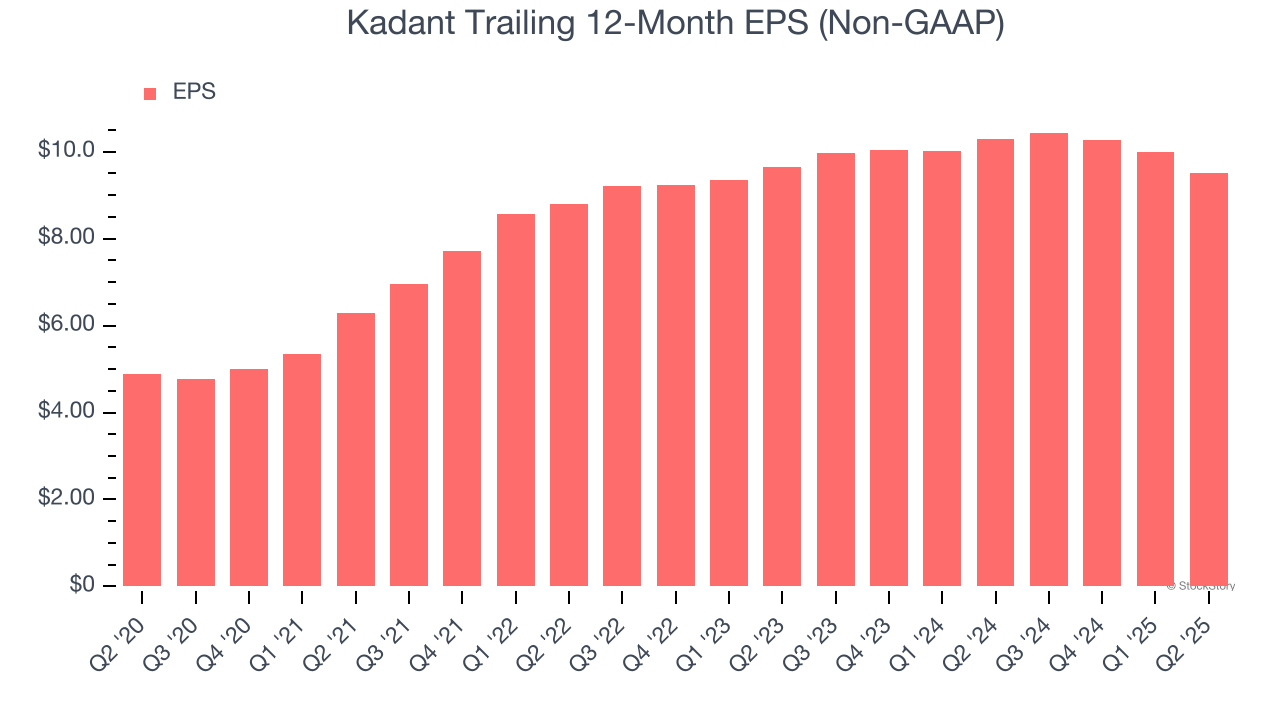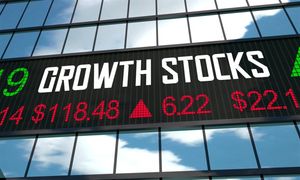
Industrial equipment manufacturer Kadant (NYSE: KAI) reported Q2 CY2025 results exceeding the market’s revenue expectations, but sales fell by 7.1% year on year to $255.3 million. Revenue guidance for the full year exceeded analysts’ estimates, but next quarter’s guidance of $259.5 million was less impressive, coming in 4.2% below expectations. Its non-GAAP profit of $2.31 per share was 18.9% above analysts’ consensus estimates.
Is now the time to buy Kadant? Find out by accessing our full research report, it’s free.
Kadant (KAI) Q2 CY2025 Highlights:
- Revenue: $255.3 million vs analyst estimates of $246 million (7.1% year-on-year decline, 3.8% beat)
- Adjusted EPS: $2.31 vs analyst estimates of $1.94 (18.9% beat)
- Adjusted EBITDA: $52.38 million vs analyst estimates of $46.97 million (20.5% margin, 11.5% beat)
- The company reconfirmed its revenue guidance for the full year of $1.03 billion at the midpoint
- Management reiterated its full-year Adjusted EPS guidance of $9.15 at the midpoint
- Operating Margin: 15.4%, down from 17.6% in the same quarter last year
- Free Cash Flow Margin: 14.3%, up from 8.4% in the same quarter last year
- Market Capitalization: $4.05 billion
Management Commentary“We had strong cash flow and a solid improvement in our capital equipment bookings in the second quarter," said Jeffrey L. Powell, president and CEO of Kadant Inc.
Company Overview
Headquartered in Massachusetts, Kadant (NYSE: KAI) is a global supplier of high-value, critical components and engineered systems used in process industries worldwide.
Revenue Growth
A company’s long-term performance is an indicator of its overall quality. Any business can put up a good quarter or two, but the best consistently grow over the long haul. Luckily, Kadant’s sales grew at a decent 8.9% compounded annual growth rate over the last five years. Its growth was slightly above the average industrials company and shows its offerings resonate with customers.

Long-term growth is the most important, but within industrials, a half-decade historical view may miss new industry trends or demand cycles. Kadant’s recent performance shows its demand has slowed as its annualized revenue growth of 4.9% over the last two years was below its five-year trend. 
We can dig further into the company’s revenue dynamics by analyzing its three most important segments: Fluid Handling, Industrial Processing, and Material Handling, which are 37.6%, 37.6%, and 24.8% of revenue. Over the last two years, Kadant’s revenues in all three segments increased. Its Fluid Handling revenue (piping, cleaning, and filtration) averaged year-on-year growth of 2.5% while its Industrial Processing (paper and timber processing equipment) and Material Handling (wood production equipment) revenues averaged 7.8% and 6.7%.
This quarter, Kadant’s revenue fell by 7.1% year on year to $255.3 million but beat Wall Street’s estimates by 3.8%. Company management is currently guiding for a 4.5% year-on-year decline in sales next quarter.
Looking further ahead, sell-side analysts expect revenue to grow 1.9% over the next 12 months, a slight deceleration versus the last two years. This projection is underwhelming and implies its products and services will see some demand headwinds.
Here at StockStory, we certainly understand the potential of thematic investing. Diverse winners from Microsoft (MSFT) to Alphabet (GOOG), Coca-Cola (KO) to Monster Beverage (MNST) could all have been identified as promising growth stories with a megatrend driving the growth. So, in that spirit, we’ve identified a relatively under-the-radar profitable growth stock benefiting from the rise of AI, available to you FREE via this link.
Operating Margin
Operating margin is a key measure of profitability. Think of it as net income - the bottom line - excluding the impact of taxes and interest on debt, which are less connected to business fundamentals.
Kadant has been a well-oiled machine over the last five years. It demonstrated elite profitability for an industrials business, boasting an average operating margin of 16.4%. This result isn’t surprising as its high gross margin gives it a favorable starting point.
Looking at the trend in its profitability, Kadant’s operating margin rose by 1.3 percentage points over the last five years, as its sales growth gave it operating leverage.

In Q2, Kadant generated an operating margin profit margin of 15.4%, down 2.2 percentage points year on year. Conversely, its gross margin actually rose, so we can assume its recent inefficiencies were driven by increased operating expenses like marketing, R&D, and administrative overhead.
Earnings Per Share
Revenue trends explain a company’s historical growth, but the long-term change in earnings per share (EPS) points to the profitability of that growth – for example, a company could inflate its sales through excessive spending on advertising and promotions.
Kadant’s EPS grew at a remarkable 14.3% compounded annual growth rate over the last five years, higher than its 8.9% annualized revenue growth. This tells us the company became more profitable on a per-share basis as it expanded.

We can take a deeper look into Kadant’s earnings to better understand the drivers of its performance. As we mentioned earlier, Kadant’s operating margin declined this quarter but expanded by 1.3 percentage points over the last five years. This was the most relevant factor (aside from the revenue impact) behind its higher earnings; interest expenses and taxes can also affect EPS but don’t tell us as much about a company’s fundamentals.
Like with revenue, we analyze EPS over a shorter period to see if we are missing a change in the business.
For Kadant, EPS didn’t budge over the last two years, a regression from its five-year trend. We hope it can revert to earnings growth in the coming years.
In Q2, Kadant reported EPS at $2.31, down from $2.81 in the same quarter last year. Despite falling year on year, this print easily cleared analysts’ estimates. Over the next 12 months, Wall Street expects Kadant’s full-year EPS of $9.50 to shrink by 1.2%.
Key Takeaways from Kadant’s Q2 Results
We were impressed by how significantly Kadant blew past analysts’ revenue, EPS, and EBITDA expectations this quarter. On the other hand, its revenue and EPS guidance for next quarter fell short of Wall Street’s estimates. Overall, this print was mixed but still had some key positives. The stock remained flat at $342 immediately after reporting.
Big picture, is Kadant a buy here and now? When making that decision, it’s important to consider its valuation, business qualities, as well as what has happened in the latest quarter. We cover that in our actionable full research report which you can read here, it’s free.





